The release of Windows 10 was a major event, marking the first time that Microsoft gave its operating system way for free. With previous editions, such as Windows 7 or Windows 8, you had to pay to get the OS. Not with Windows 10. Windows 10 is offered as a free upgrade to existing customers.
So if Windows 10 is offered as a free upgrade, does that mean Microsoft isn’t making any money off it? Not exactly. Microsoft has several ways to monetize the operating system. It makes money from...
1. People who can’t upgrade to Windows 10
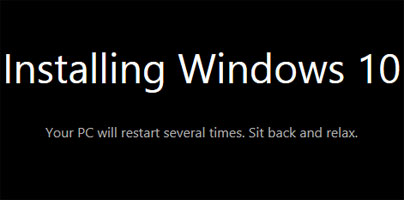
As mentioned above, Windows 10 is offered as a free upgrade to existing customers. But, and this is a big but, it’s offered only to customers who have a qualified device that runs Windows 7 or Windows 8.1. Also, that version of Windows 7 or Windows 8.1 has to be genuine.
If you don’t fit the bill, you can’t upgrade for free, you have to purchase the operating system. It's a simple as that. And in case you were wondering, a license for Windows 10 Home will set you back $120, while a license for Windows 10 Pro will cost you $200.
2. OEMs that want Windows 10 on their devices
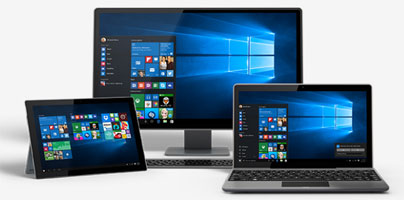
You’ve come to the conclusion that you don’t want to purchase a Windows 10 license, you want to get a new device that comes with Windows 10.
Say you want to get a new laptop from HP, Samsung, or some other OEM (Original Equipment Manufacturer). Perhaps you want to get HP’s redesigned Spectre, the thinnest laptop in the world. Or perhaps you want to get Samsung’s stylish Galaxy TabPro S, the thinnest 2-in-1 to date.
It doesn’t matter which one you get, what matters is that both these devices come with Windows 10 pre-installed, and that generates money for Microsoft. Through volume licensing deals, OEMs get to put Microsoft’s Windows operating system on their devices, and Microsoft gets to make some money.
3. Companies that want to use Windows 10
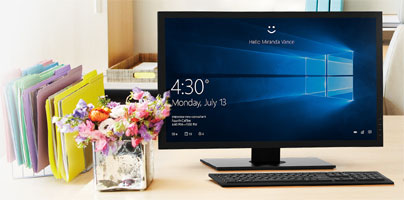
While the consumer version of Windows 10 is offered as a free upgrade to Windows 7 and Windows 8 customers, the same cannot be said about the enterprise version.
Companies, businesses and various corporations don’t get Windows 10 for free. Well, not unless they’re under an Active Software Assurance contract with Microsoft and they’re entitled to upgrade to Windows 10 Enterprise. Otherwise, they have to pay for it.
4. Windows Store purchases
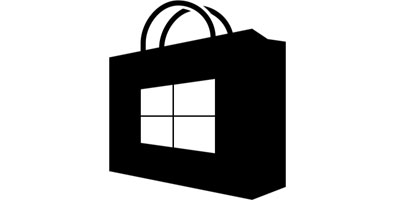
Microsoft is going to great lengths to make its Windows Store a success. While it’s not as popular as Apple’s App Store or Google Play, things have been getting better. And with the upcoming Windows 10 Anniversary Update, Microsoft plans to blend together the best parts of the Windows Store with the best parts of the Xbox Store. Customers will get to experience a single, unified store across devices.
But let’s not get off track. As I was saying, Microsoft wants its Windows Store to be a success. You see, Microsoft takes a cut off every sale. When an app is sold via Microsoft’s store, the company gets a 30% cut of the revenue. If the Windows Store is a success, Microsoft will make money from all the app sales.
5. Paid premium services
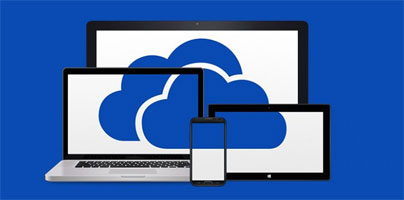
If you already upgraded to Windows 10, then you know that Microsoft will push its services on you. It will ask you to give Office 365 a try, it will invite you to try the Groove music app, the OneDrive cloud storage solution, the Skype messenger, and so on.
All of these services have a premium component that makes Microsoft money. Take OneDrive for example. You get 5GB of cloud storage for free. If that isn’t enough and you need additional storage, you have to pay.
Windows 10 is the fastest growing Windows ever
Windows 10 hit general availability on July 2015 and, according to the latest figures, it’s already being used on more than 270 million devices. This makes it the fastest growing version of Windows, ever.
It will be interesting to see if this momentum keeps going. You see, Microsoft said that the free Windows 10 upgrade offer is available for the first year. Once July 2016 come around, will Microsoft pull the offer, or will it extend it? Since Microsoft’s goal is for Windows 10 to be on 1 billion devices by 2018, I think they will extend it.
So if Windows 10 is offered as a free upgrade, does that mean Microsoft isn’t making any money off it? Not exactly. Microsoft has several ways to monetize the operating system. It makes money from...
1. People who can’t upgrade to Windows 10

As mentioned above, Windows 10 is offered as a free upgrade to existing customers. But, and this is a big but, it’s offered only to customers who have a qualified device that runs Windows 7 or Windows 8.1. Also, that version of Windows 7 or Windows 8.1 has to be genuine.
If you don’t fit the bill, you can’t upgrade for free, you have to purchase the operating system. It's a simple as that. And in case you were wondering, a license for Windows 10 Home will set you back $120, while a license for Windows 10 Pro will cost you $200.
2. OEMs that want Windows 10 on their devices

You’ve come to the conclusion that you don’t want to purchase a Windows 10 license, you want to get a new device that comes with Windows 10.
Say you want to get a new laptop from HP, Samsung, or some other OEM (Original Equipment Manufacturer). Perhaps you want to get HP’s redesigned Spectre, the thinnest laptop in the world. Or perhaps you want to get Samsung’s stylish Galaxy TabPro S, the thinnest 2-in-1 to date.
It doesn’t matter which one you get, what matters is that both these devices come with Windows 10 pre-installed, and that generates money for Microsoft. Through volume licensing deals, OEMs get to put Microsoft’s Windows operating system on their devices, and Microsoft gets to make some money.
3. Companies that want to use Windows 10

While the consumer version of Windows 10 is offered as a free upgrade to Windows 7 and Windows 8 customers, the same cannot be said about the enterprise version.
Companies, businesses and various corporations don’t get Windows 10 for free. Well, not unless they’re under an Active Software Assurance contract with Microsoft and they’re entitled to upgrade to Windows 10 Enterprise. Otherwise, they have to pay for it.
4. Windows Store purchases

Microsoft is going to great lengths to make its Windows Store a success. While it’s not as popular as Apple’s App Store or Google Play, things have been getting better. And with the upcoming Windows 10 Anniversary Update, Microsoft plans to blend together the best parts of the Windows Store with the best parts of the Xbox Store. Customers will get to experience a single, unified store across devices.
But let’s not get off track. As I was saying, Microsoft wants its Windows Store to be a success. You see, Microsoft takes a cut off every sale. When an app is sold via Microsoft’s store, the company gets a 30% cut of the revenue. If the Windows Store is a success, Microsoft will make money from all the app sales.
5. Paid premium services

If you already upgraded to Windows 10, then you know that Microsoft will push its services on you. It will ask you to give Office 365 a try, it will invite you to try the Groove music app, the OneDrive cloud storage solution, the Skype messenger, and so on.
All of these services have a premium component that makes Microsoft money. Take OneDrive for example. You get 5GB of cloud storage for free. If that isn’t enough and you need additional storage, you have to pay.
Windows 10 is the fastest growing Windows ever
Windows 10 hit general availability on July 2015 and, according to the latest figures, it’s already being used on more than 270 million devices. This makes it the fastest growing version of Windows, ever.
It will be interesting to see if this momentum keeps going. You see, Microsoft said that the free Windows 10 upgrade offer is available for the first year. Once July 2016 come around, will Microsoft pull the offer, or will it extend it? Since Microsoft’s goal is for Windows 10 to be on 1 billion devices by 2018, I think they will extend it.

























